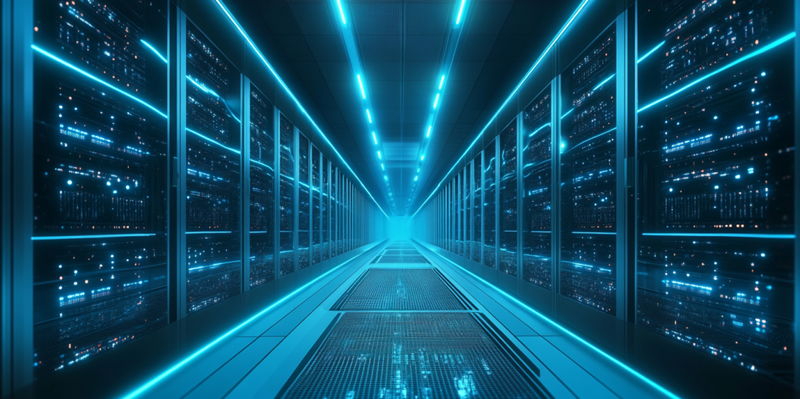As artificial intelligence technologies become increasingly integral to modern industries and daily life, the energy consumption of data centers, which are vital to AI operations, has skyrocketed. This surge in energy demand is now having significant repercussions, particularly for residential and small business consumers faced with rising utility costs. A recent power capacity auction in the mid-Atlantic region of the United States underscored this issue. Prices reached record highs due to a tight supply and demand balance, with projections indicating rate increases of 11-19% for consumers by June 2025. Data centers, driven by the growth of AI technologies, have been identified as a key factor contributing to this high demand and restricted energy availability.
The Impact on Residential and Small Business Consumers
State incentives designed to encourage data center growth, such as tax deferrals and rebates, have inadvertently led to higher utility bills for consumers, presenting an unanticipated challenge to state leaders. In Virginia, for instance, residential electricity prices are projected to rise three times faster than they have over the past 16 years, primarily driven by the burgeoning data center market. Despite these projected increases, utility executives maintain that local customer bills are still lower than the national average. They attribute the rise not only to the expanding data center market but also to inflation and overall increased demand.
Data center operators, including industry giants like Google and Amazon, argue that their energy usage and subsequent costs do not burden existing ratepayers. They emphasize their collaborative efforts with utility partners to manage growth efficiently without unduly impacting consumer rates. For example, Google’s head of data center energy underscored that utility regulators rigorously review energy supply contracts to ensure that these agreements do not unfairly shift costs to consumers. Amazon also echoed this sentiment, highlighting that their fees for infrastructure improvements benefit the wider regional population, thereby offsetting potential negative impacts on local utility rates.
The Complex Interplay of Incentives and Energy Consumption
However, the relationship between state incentives for data center growth and consumer utility bills remains complex and contingent on numerous factors. Despite assurances from utility executives and data center operators, the reality is that the increasing energy demands of data centers are contributing to higher utility costs for consumers. State incentives intended to attract data centers and stimulate economic growth may end up being a double-edged sword. While these incentives succeed in attracting major tech companies and creating jobs, they also place additional strain on the power grid, resulting in higher costs for consumers.
The situation calls for a delicate balance between fostering technological growth and mitigating its impacts on consumer utility bills. Policymakers are now faced with the challenge of finding solutions that support the expansion of data centers while ensuring that the increase in energy demand does not disproportionately affect residential and small business ratepayers. As the need for data centers – and their energy consumption – continues to grow, further scrutiny and innovative approaches will be necessary to address these challenges effectively.
Addressing the Future of Energy Consumption
As artificial intelligence technologies become increasingly central to modern industries and everyday life, the energy consumption of data centers, which are crucial for AI operations, has surged dramatically. This increase in energy demands is having notable impacts, particularly on residential and small business consumers who are now facing escalating utility bills. A recent power capacity auction in the mid-Atlantic region of the United States highlighted this issue. Prices reached unprecedented levels due to a tight balance between supply and demand. Projections suggest rate increases of 11-19% for consumers by June 2025.
Data centers, fueled by the rapid growth of AI technologies, have been identified as a primary factor contributing to the heightened energy demand and limited energy availability. As more industries incorporate AI into their operations, the pressure on energy resources continues to intensify. This not only raises costs but also poses challenges to energy sustainability. The need for efficient energy solutions in supporting AI technology is becoming increasingly urgent to mitigate the economic strain on consumers.

